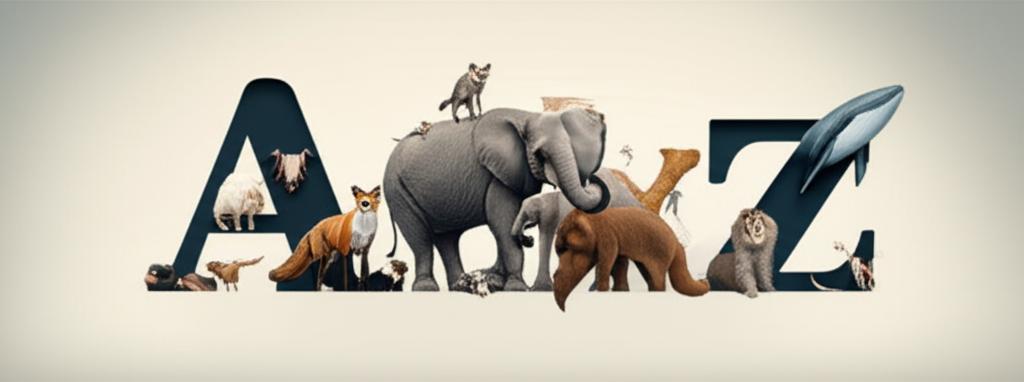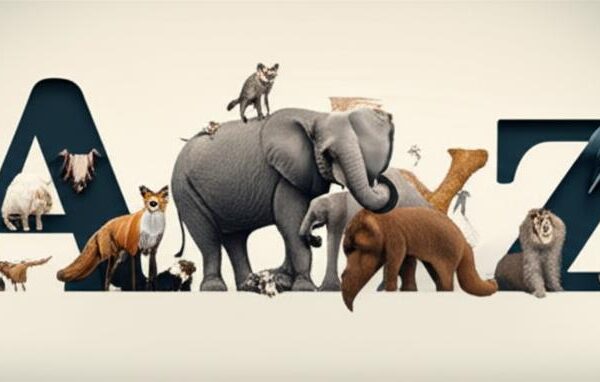This list includes 55 mammals that start with E, from “African Bush Elephant” to “Western Long-beaked Echidna”. It spans well-known animals like elephants and unique species such as echidnas, plus bats, rodents, and small carnivores. Use this list for education, quick reference, species comparisons, and content creation.
Mammals that start with E are species in Class Mammalia whose common English names begin with the letter E. For example, the African Bush Elephant appears widely in culture and conservation stories across Africa.
Below you’ll find the table with Common name, Scientific name, Order, and Habitat.
Common name: Use this for quick recognition, casual searches, and matching species to common vocabulary you find in books or websites.
Scientific name: Shows the accepted Latin binomial so you can precisely identify a species and avoid regional name confusion.
Order: Gives the taxonomic order, helping you group species by major evolutionary and ecological relationships.
Habitat: Lists a concise habitat tag so you can quickly see where each species typically lives and filter by environment.
Notes on taxonomy and extinct status: Names follow widely accepted classifications and any extinct or regionally extirpated species are marked in the table.
Last updated: 29 October 2025.
Mammals that start with E
| Common Name | Scientific Name | Order | Habitat |
|---|---|---|---|
| African Bush Elephant | Loxodonta africana | Proboscidea | savanna |
| African Forest Elephant | Loxodonta cyclotis | Proboscidea | forest |
| Asian Elephant | Elephas maximus | Proboscidea | forest |
| Common Eland | Taurotragus oryx | Artiodactyla | savanna |
| East Caucasian Tur | Capra cylindricornis | Artiodactyla | rocky |
| Eastern Barred Bandicoot | Perameles gunnii | Peramelemorphia | grassland |
| Eastern Bettong | Bettongia gaimardi | Diprotodontia | grassland |
| Eastern Chipmunk | Tamias striatus | Rodentia | forest |
| Eastern Cottontail | Sylvilagus floridanus | Lagomorpha | grassland |
| Eastern Gorilla | Gorilla beringei | Primates | forest |
| Eastern Gray Squirrel | Sciurus carolinensis | Rodentia | urban |
| Eastern Long-beaked Echidna | Zaglossus bartoni | Monotremata | forest |
| Eastern Mole | Scalopus aquaticus | Eulipotyphla | subterranean |
| Eastern Pygmy Possum | Cercartetus nanus | Diprotodontia | forest |
| Eastern Quoll | Dasyurus viverrinus | Dasyuromorphia | grassland |
| Eastern Red Bat | Lasiurus borealis | Chiroptera | forest |
| Eastern Rock Elephant Shrew | Elephantulus myurus | Macroscelidea | rocky |
| Eastern Tube-nosed Bat | Nyctimene robinsoni | Chiroptera | forest |
| Eastern Woolly Lemur | Avahi laniger | Primates | forest |
| Edible Dormouse | Glis glis | Rodentia | forest |
| Egyptian Fruit Bat | Rousettus aegyptiacus | Chiroptera | rocky |
| Egyptian Mongoose | Herpestes ichneumon | Carnivora | wetlands |
| Egyptian Slit-faced Bat | Nycteris thebaica | Chiroptera | savanna |
| Elk | Cervus canadensis | Artiodactyla | forest |
| Elliot’s Short-tailed Shrew | Blarina hylophaga | Eulipotyphla | forest |
| Emperor Tamarin | Saguinus imperator | Primates | forest |
| Equatorial Saki | Pithecia aequatorialis | Primates | forest |
| Ermine | Mustela erminea | Carnivora | forest |
| Etendeka Round-eared Sengi | Macroscelides micus | Macroscelidea | desert |
| Ethiopian Highland Hare | Lepus starcki | Lagomorpha | grassland |
| Ethiopian Wolf | Canis simensis | Carnivora | grassland |
| Eurasian Badger | Meles meles | Carnivora | forest |
| Eurasian Beaver | Castor fiber | Rodentia | freshwater |
| Eurasian Harvest Mouse | Micromys minutus | Rodentia | grassland |
| Eurasian Lynx | Lynx lynx | Carnivora | forest |
| Eurasian Otter | Lutra lutra | Carnivora | freshwater |
| Eurasian Pygmy Shrew | Sorex minutus | Eulipotyphla | grassland |
| Eurasian Red Squirrel | Sciurus vulgaris | Rodentia | forest |
| Eurasian Water Shrew | Neomys fodiens | Eulipotyphla | freshwater |
| European Ground Squirrel | Spermophilus citellus | Rodentia | grassland |
| European Hare | Lepus europaeus | Lagomorpha | grassland |
| European Hedgehog | Erinaceus europaeus | Eulipotyphla | urban |
| European Mole | Talpa europaea | Eulipotyphla | subterranean |
| European Pine Marten | Martes martes | Carnivora | forest |
| European Polecat | Mustela putorius | Carnivora | forest |
| European Rabbit | Oryctolagus cuniculus | Lagomorpha | grassland |
| European Water Vole | Arvicola amphibius | Rodentia | wetlands |
| Evening Bat | Nycticeius humeralis | Chiroptera | forest |
| Everett’s Tree Shrew | Tupaia everetti | Scandentia | forest |
| Giant Eland | Taurotragus derbianus | Artiodactyla | savanna |
| Northern Elephant Seal | Mirounga angustirostris | Carnivora | marine |
| Short-beaked Echidna | Tachyglossus aculeatus | Monotremata | shrubland |
| Sir David’s Long-beaked Echidna | Zaglossus attenboroughi | Monotremata | forest |
| Southern Elephant Seal | Mirounga leonina | Carnivora | marine |
| Western Long-beaked Echidna | Zaglossus bruijnii | Monotremata | forest |
Descriptions
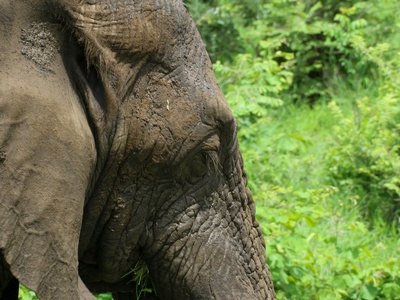
African Bush Elephant
The largest land animal on Earth, found in sub-Saharan Africa. Distinguished by its large ears and concave back. Endangered due to poaching.
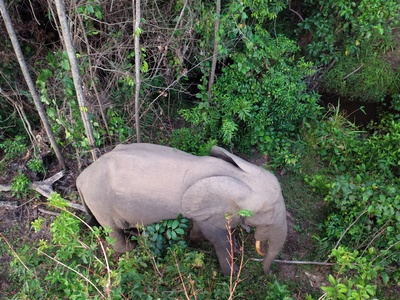
African Forest Elephant
A Critically Endangered species from West and Central African rainforests. It is smaller than its savanna cousin with straighter, downward-pointing tusks.

Asian Elephant
Found across South and Southeast Asia. Smaller than African elephants with smaller ears. Endangered due to habitat loss and human-wildlife conflict.
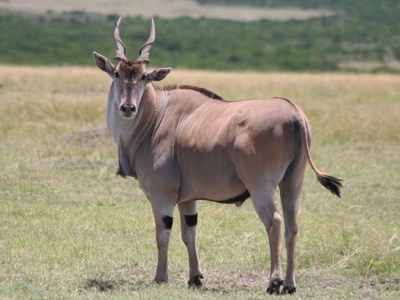
Common Eland
One of the world’s largest antelopes, native to East and Southern Africa. Known for its impressive leaps and distinctive spiral horns.

East Caucasian Tur
A wild goat endemic to the eastern Caucasus Mountains. Males have massive, lyre-shaped horns that curve backwards, used for fighting rivals.
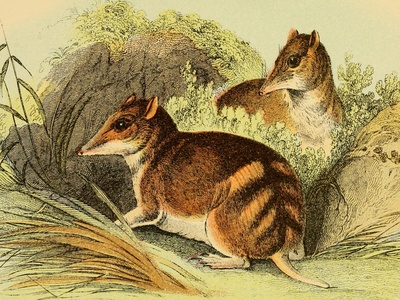
Eastern Barred Bandicoot
A small, nocturnal marsupial from southeastern Australia with faint bars on its rump. Functionally extinct on the mainland due to introduced predators.
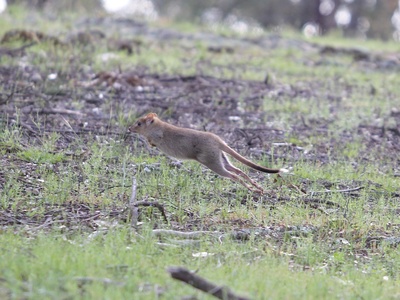
Eastern Bettong
A small, kangaroo-like marsupial from eastern Australia, also known as a rat-kangaroo. It builds grassy nests and forages for underground fungi.
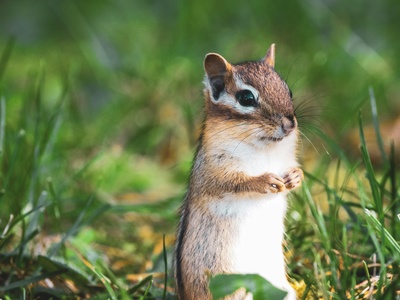
Eastern Chipmunk
A small, striped rodent from eastern North America. Known for its energetic behavior and large cheek pouches used to carry food to its burrow.
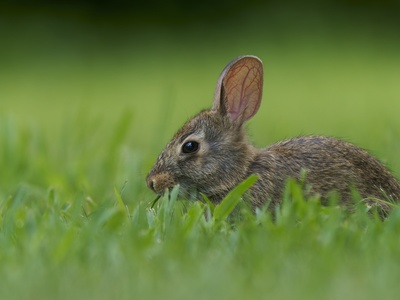
Eastern Cottontail
The most common rabbit species in North America. Recognized by its fluffy white tail, it thrives in edge habitats like fields and backyards.

Eastern Gorilla
A Critically Endangered great ape from central Africa. The species includes two subspecies: the famous mountain gorilla and the eastern lowland gorilla.

Eastern Gray Squirrel
Native to eastern North America, this adaptable squirrel is now a common sight in city parks worldwide, often outcompeting native squirrels.

Eastern Long-beaked Echidna
A Critically Endangered egg-laying mammal (monotreme) from New Guinea’s highlands. Larger than its cousin, it uses its long beak to probe for earthworms.
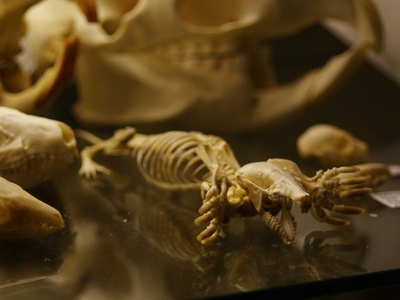
Eastern Mole
A burrowing mammal of eastern North America with large, paddle-like forefeet for digging. Despite its scientific name, it is not aquatic.

Eastern Pygmy Possum
A tiny, mouse-sized marsupial from southeastern Australia. It feeds on nectar and pollen and can enter a state of torpor to conserve energy.

Eastern Quoll
A cat-sized carnivorous marsupial from Australia. Once common on the mainland, it is now found almost exclusively in Tasmania.
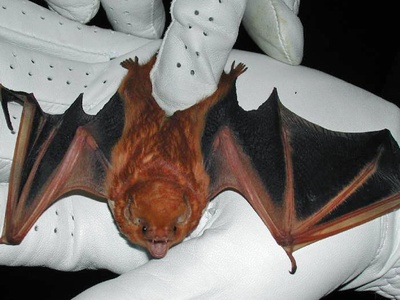
Eastern Red Bat
A widespread North American bat with striking reddish fur. It often roosts in tree foliage, where it is camouflaged like a dead leaf.
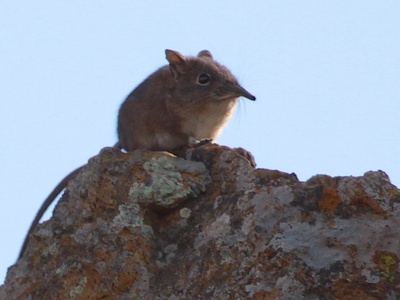
Eastern Rock Elephant Shrew
A small, insect-eating mammal from southern Africa. Despite its name and long snout, it is more closely related to elephants than shrews.

Eastern Tube-nosed Bat
A fruit bat from eastern Australia known for its prominent, tube-like nostrils. It plays a key role in pollination and seed dispersal in rainforests.
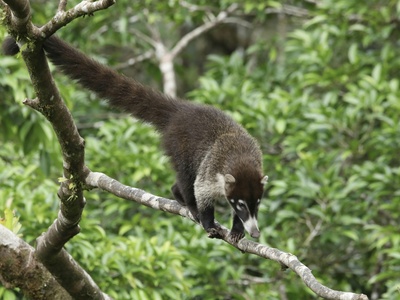
Eastern Woolly Lemur
A nocturnal lemur from eastern Madagascar’s rainforests. Lives in monogamous pairs with its offspring, feeding primarily on leaves and communicating with soft calls.
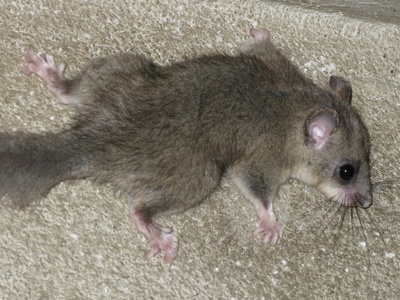
Edible Dormouse
A large, squirrel-like dormouse native to Europe. Famously fattened and eaten by ancient Romans, it can hibernate for over six months of the year.
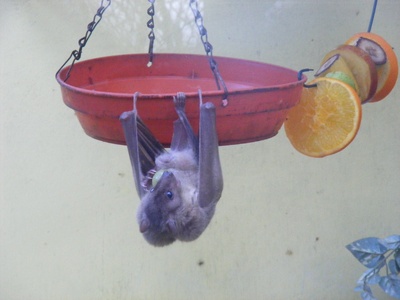
Egyptian Fruit Bat
A fruit-eating megabat from Africa and the Middle East. Uniquely among its relatives, it navigates in dark caves using tongue-clicks for echolocation.
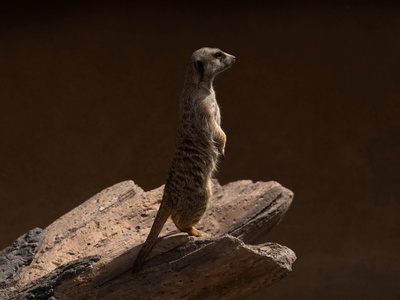
Egyptian Mongoose
A sleek mongoose found in Africa, the Middle East, and parts of Europe. Famed in folklore for its ability to prey on venomous snakes.

Egyptian Slit-faced Bat
A widespread African bat recognized by a deep slit running down its face. It’s a “whispering bat” using low-intensity echolocation to hunt prey.

Elk
A large deer species of North America and East Asia, also known as the Wapiti. Males (bulls) are famous for their loud bugling calls during mating season.
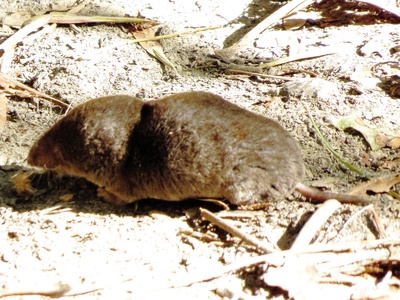
Elliot’s Short-tailed Shrew
A venomous shrew from the central United States. Its toxic saliva, delivered via grooved incisors, is potent enough to subdue larger prey like mice.
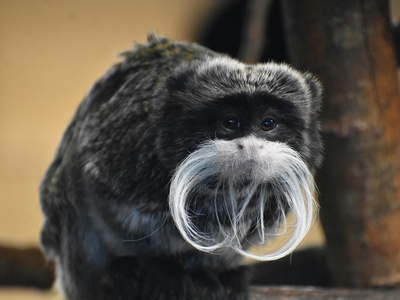
Emperor Tamarin
A small monkey from the Amazon rainforest, famous for its long, white, drooping mustache which contrasts with its dark fur.
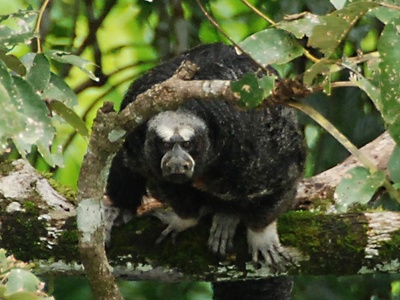
Equatorial Saki
A New World monkey from the upper Amazon Basin in Ecuador and Peru. It has a distinctive shaggy black coat and a pale, mask-like face.

Ermine
A small, fierce predator found across the Northern Hemisphere, also called a stoat. Its fur famously turns pure white in winter for camouflage.

Etendeka Round-eared Sengi
One of the smallest elephant-shrews, discovered in 2014 in Namibia’s remote desert. Noted for its rust-colored fur that matches the volcanic rock.
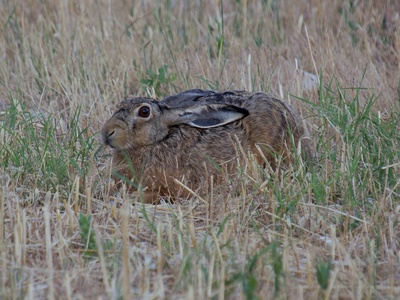
Ethiopian Highland Hare
A hare species endemic to the high-altitude grasslands of the Ethiopian Highlands, where it is a primary prey for the Ethiopian Wolf.
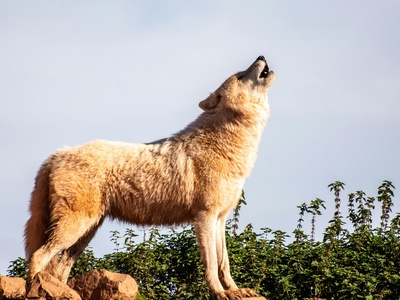
Ethiopian Wolf
Africa’s most endangered carnivore, found only in the mountains of Ethiopia. A specialized rodent hunter with a slender body and reddish coat.

Eurasian Badger
A stocky, nocturnal omnivore found throughout Europe and Asia. Lives in complex burrow systems called setts, often housing multiple family groups.
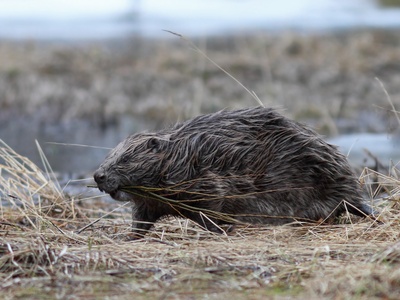
Eurasian Beaver
A large, dam-building rodent native to Eurasia. Once hunted to near extinction for its fur and castoreum, it is now successfully being reintroduced.

Eurasian Harvest Mouse
A tiny rodent from Europe and Asia, weighing less than a coin. It has a prehensile tail and builds spherical nests of woven grass above ground.
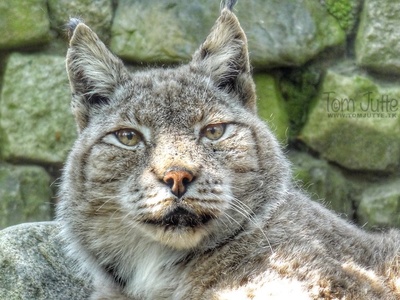
Eurasian Lynx
A medium-sized wild cat of European and Siberian forests, recognizable by its tufted ears, short tail, and large paws that act like snowshoes.

Eurasian Otter
A widespread semi-aquatic mammal found across Europe and Asia. A sleek predator of fish, its presence is a key indicator of healthy river ecosystems.
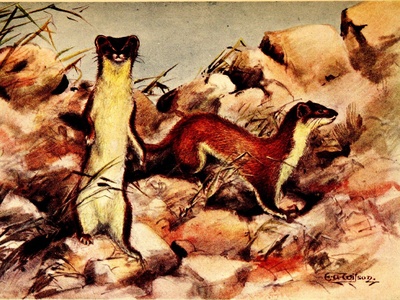
Eurasian Pygmy Shrew
One of the smallest mammals in the world, found across Europe and Asia. It has an incredibly high metabolism and must eat constantly to survive.

Eurasian Red Squirrel
A tree squirrel common across Eurasia, known for its reddish fur and prominent ear tufts. Threatened in some areas by the invasive Eastern Gray Squirrel.
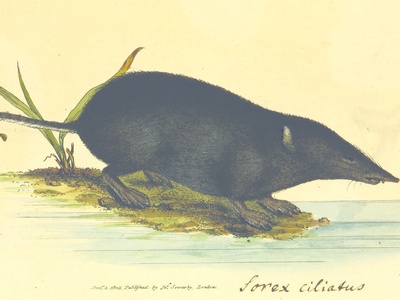
Eurasian Water Shrew
A semi-aquatic shrew from Europe and Asia. It has a venomous bite, used to paralyze its invertebrate and small fish prey in streams and ponds.
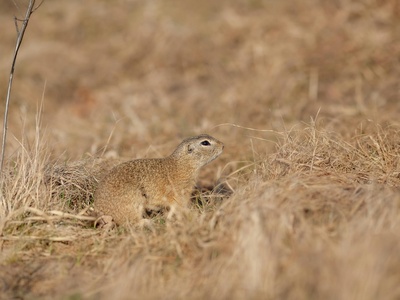
European Ground Squirrel
A colonial rodent of Central and Southeastern Europe’s open grasslands. It hibernates in underground burrows for more than half the year.

European Hare
A large hare native to Europe and western Asia. Famous for its high-speed running and the “mad March hare” boxing behavior during spring courtship.
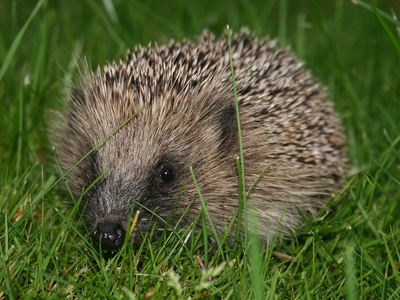
European Hedgehog
A spiny, nocturnal mammal common in gardens and woodlands across Europe. Curls into a tight ball of sharp spines for defense when threatened.
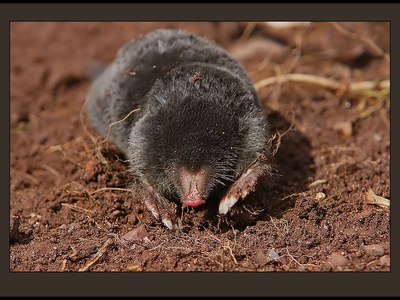
European Mole
A burrowing insectivore found across Europe. It creates vast tunnel networks marked by characteristic molehills, rarely emerging above ground.
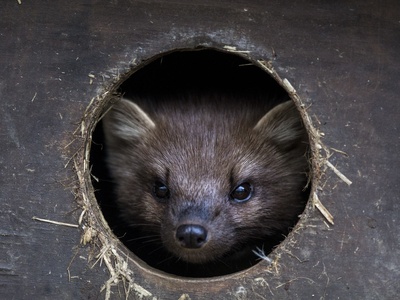
European Pine Marten
A slender, agile member of the weasel family from Europe. An adept climber, it preys on squirrels, birds, and insects in mature woodlands.

European Polecat
The wild ancestor of the domestic ferret, found across Europe. A nocturnal predator known for its strong-smelling musk used for defense and marking territory.
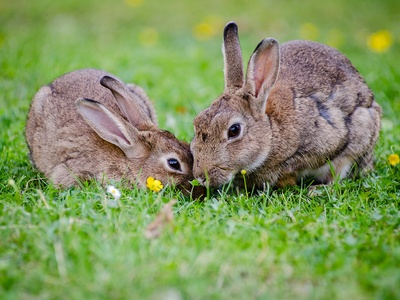
European Rabbit
Native to southwestern Europe, this highly social rabbit has been introduced worldwide. Known for its complex underground burrows called warrens.
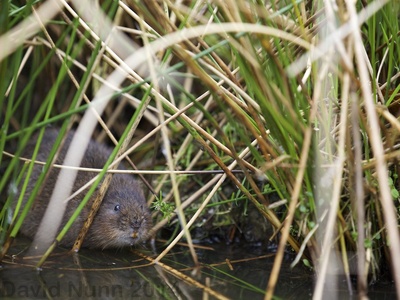
European Water Vole
A semi-aquatic rodent from Europe, famously personified as “Ratty” in The Wind in the Willows. Its populations have declined drastically.

Evening Bat
A common bat in the eastern and midwestern United States. Forms large maternity colonies in hollow trees or buildings to raise its young.

Everett’s Tree Shrew
A shrew-like mammal from Borneo and the Philippines. Despite its name, it belongs to its own order (Scandentia) and is largely ground-dwelling.
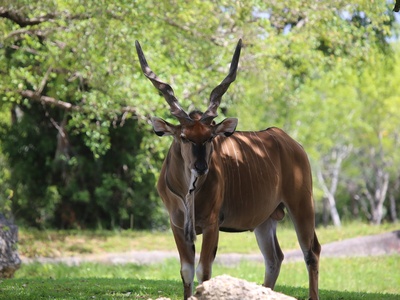
Giant Eland
The largest antelope in the world, found in Central Africa’s savannas. It is a shy, elusive animal with magnificent, tightly spiraled horns.
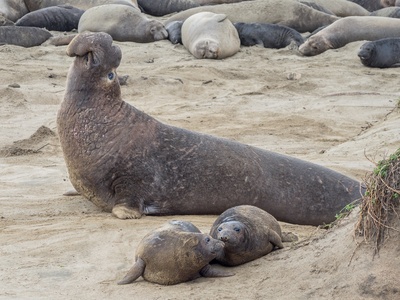
Northern Elephant Seal
A massive seal of the North Pacific. Males develop a large, inflatable trunk-like nose (proboscis) used for making loud roars during mating season.

Short-beaked Echidna
An egg-laying mammal (monotreme) from Australia and New Guinea. Covered in sharp spines, it uses its long, sticky tongue to eat ants and termites.
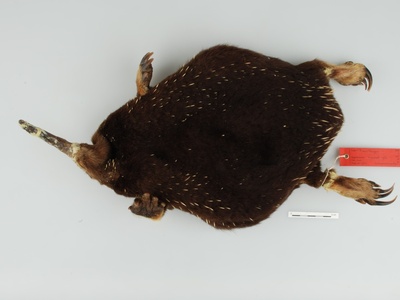
Sir David’s Long-beaked Echidna
Critically Endangered and possibly extinct, this tiny echidna is known only from New Guinea’s Cyclops Mountains. Named after Sir David Attenborough.
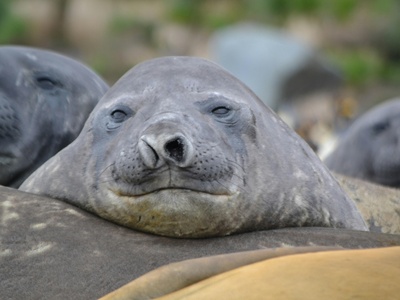
Southern Elephant Seal
The largest of all seals, found in Antarctic and subantarctic waters. Males are colossal, weighing up to 4,000 kg (8,800 lbs), and are deep-diving champions.
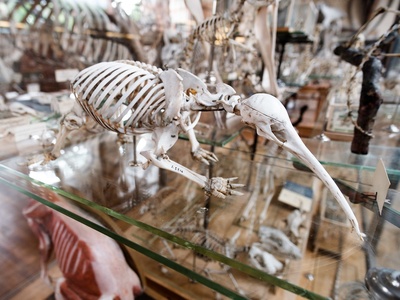
Western Long-beaked Echidna
A Critically Endangered egg-laying mammal from New Guinea, distinguished by its long, downward-curving beak used to probe for earthworms.
